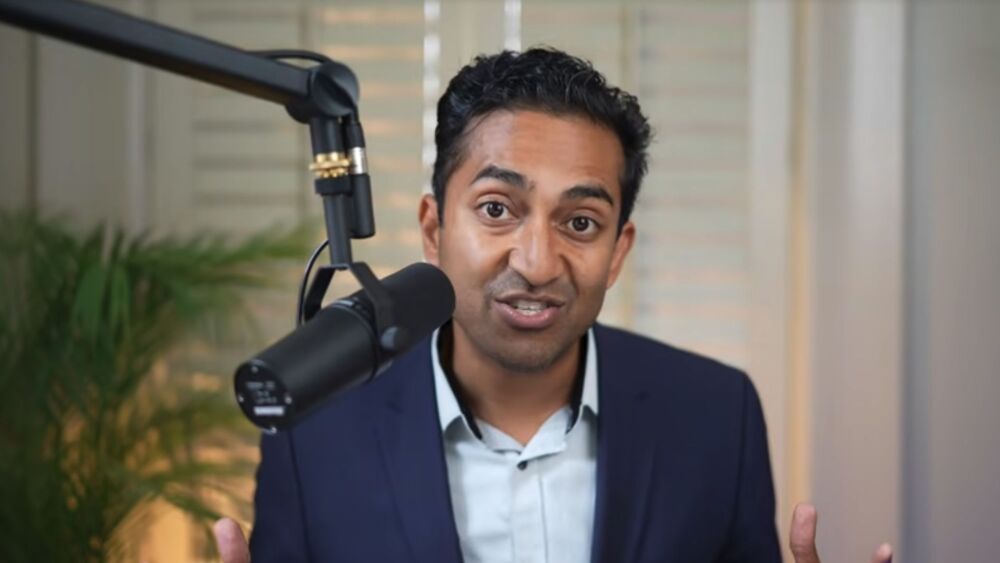The Phase III win could help Regeneron and Bayer expand into retinal vein occlusion, a move that the partners need to help shore up sales of their Eylea franchise amid biosimilar encroachment.
Regeneron Pharmaceuticals and Bayer on Thursday announced that their high-dose Eylea met its primary endpoint in the Phase III QUASAR trial in patients with macular edema following retinal vein occlusion. The pharma partners plan to submit global regulatory filings in this indication early next year.
The pressure is on for Regeneron and Bayer to carve out new market niches for the Eylea franchise amid mounting biosimilar threat. In May, for instance, the FDA gave the go-ahead to two interchangeable Eylea copycats—Biocon’s Yesafili and Samsung Bioepis and Biogen’s Opuviz. With the interchangeability designation, Eylea can be swapped out in favor of either biosimilar at the pharmacy counter, without needing to consult the prescriber.
In August, the FDA also approved Sandoz’s biosimilar Enzeevu. Amgen also has an Eylea copycat in Pavblu, which was approved the same month.
During its third-quarter report in November, Regeneron reported a 21% year-over-year decline in Eylea sales, which fell to $1.15 billion from $1.5 billion during Q3 2023. High-dose Eylea also had a disappointing quarter, with its sales of $392 million missing the analyst consensus of $414 million.
A new indication could expand the market for Eylea to help boost sales. QUASAR compared high-dose Eylea with its original formulation in nearly 900 patients with macular edema secondary to retinal vein occlusion (RVO). High-dose Eylea was given every eight weeks after a lead-in schedule of either three or five initial monthly doses. The primary endpoint was best-corrected visual acuity (BCVA), measured using the Early Treatment Diabetic Retinopathy Study letter score.
At 36 weeks, mean BCVA was 72.8 letters in patients given high-dose Eylea with a three-week lead-in and 74.6 letters in those who were given five initial monthly doses. Both treatment arms saw non-inferior BCVA versus counterparts who were treated with the original Eylea formulation, in whom mean BCVA at 36 weeks was 72 letters.
Mean visual improvement was likewise non-inferior in both high-dose Eylea arms. At 36 weeks, BCVA improved by an average of 17 letters and 19.1 letters patients who were given three and five initial monthly doses, respectively, as compared with the 17.8-letter improvement in control comparators.
As for safety, QUASAR found high-dose Eylea to have a similar adverse event profile as the drug’s original formulation. Eye inflammation occurred in 0.5% of treated with high-dose Eylea, versus 1.3% of controls. Hypertension was documented in 8.1% of those in the high-dose arms and 4.7% in counterparts receiving the original formulation of Eylea.
In a statement on Thursday, Regeneron CSO George Yancopoulos said that these pivotal RVO data for high-dose Eylea “again met the high bar of vision gains and safety seen with standard-of-care Eylea.” These findings will help the partners build the case for a label expansion, which, if approved, could “substantially reduce the treatment burden for patients with retinal vein occlusion,” Yancopoulos added.






